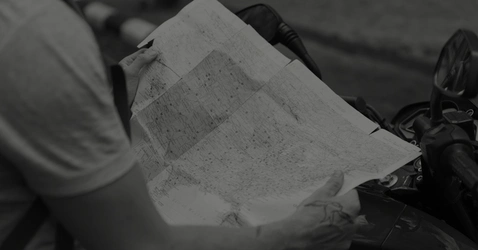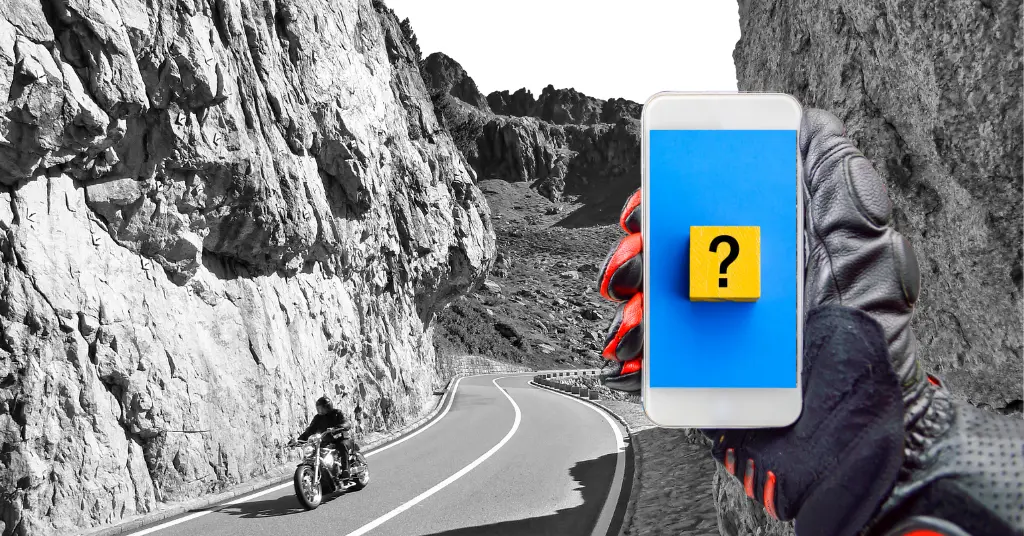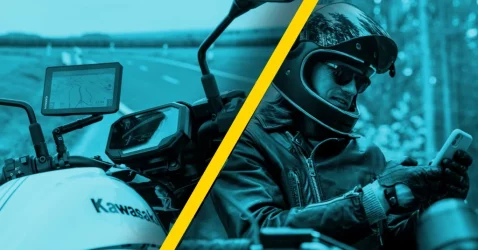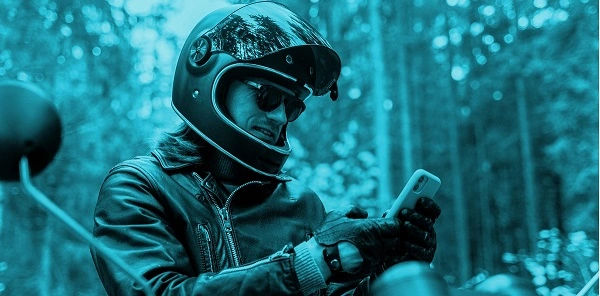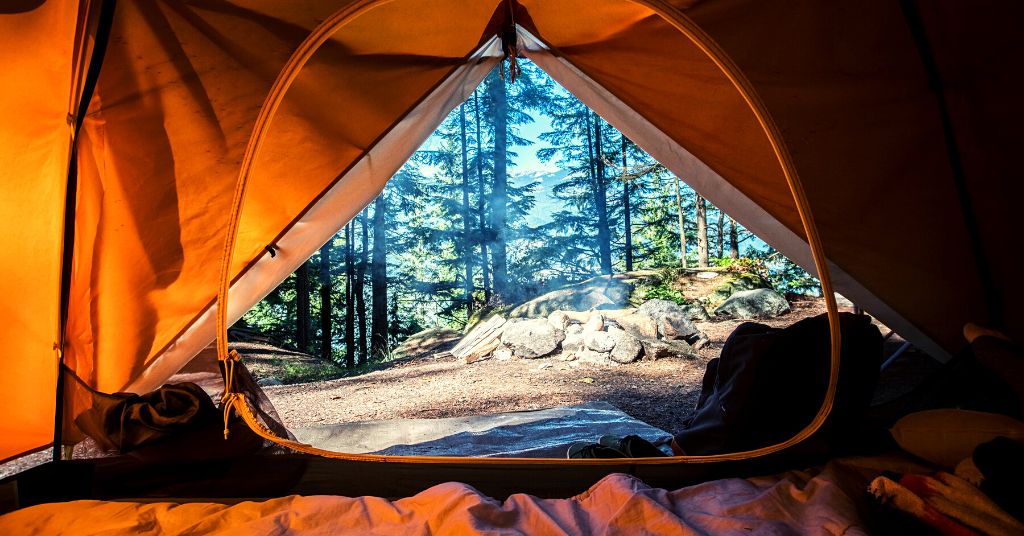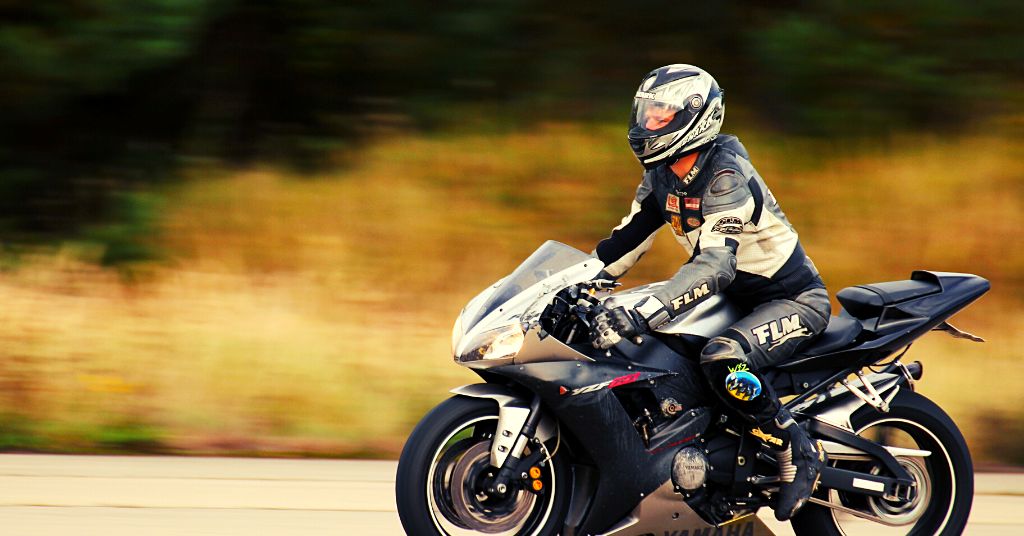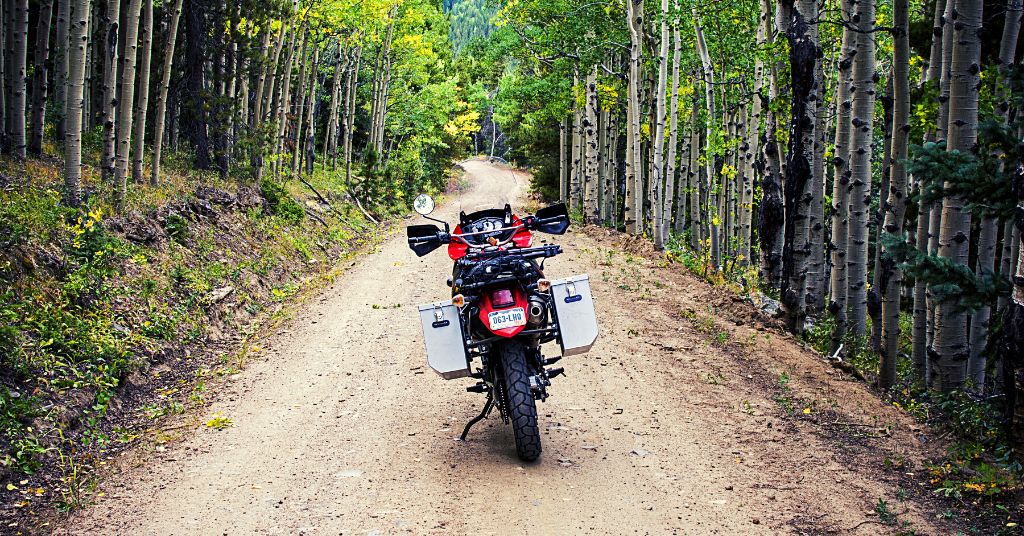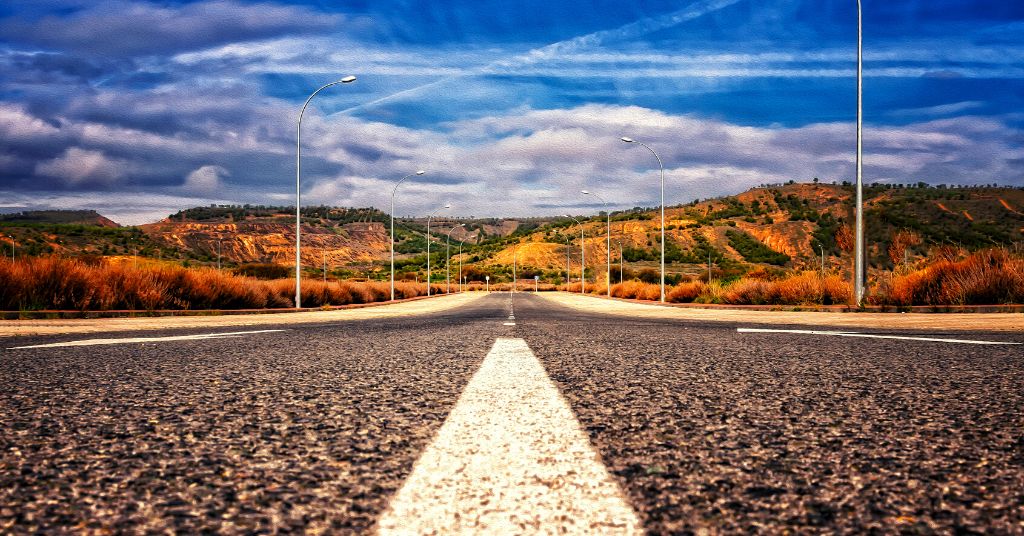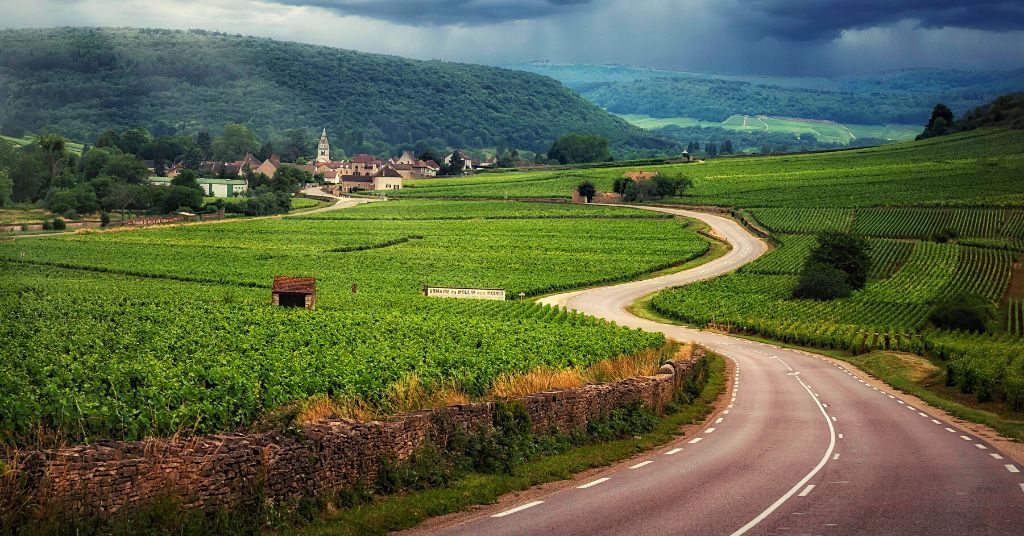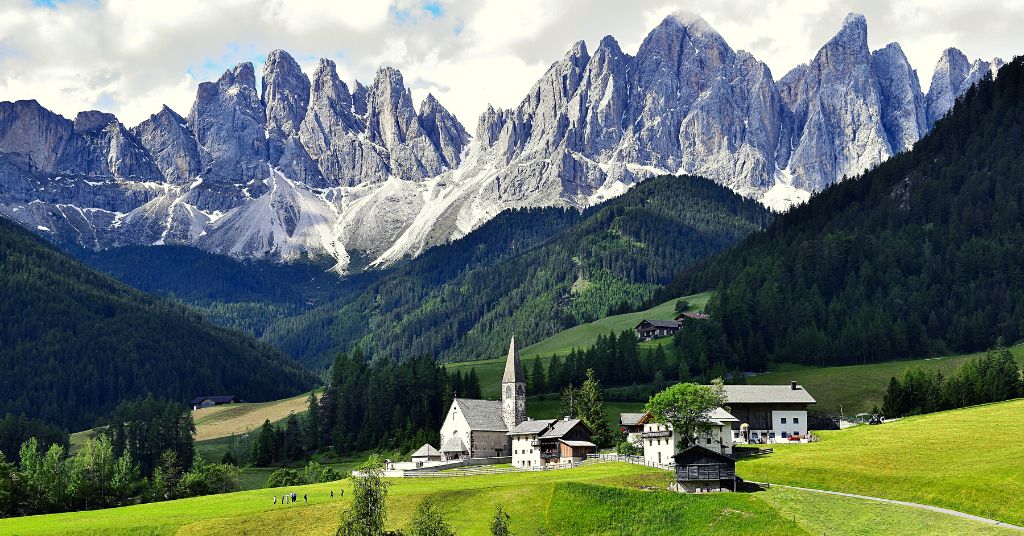
HOW TO RIDE A MOTORCYCLE
FOR THE FIRST TIME
How to ride a motorcycle for the first time
Alright then! You’ve decided you want to take your motorcycle out for a spin. Hold on for a second though. This might not be as easy or as difficult as it seems. Motorcycling is all about hitting that sweet spot between control and balance!
If you hit that sweet spot right, you can enjoy a smooth and long ride on a motorcycle. For those of you who do need some advice on how to take that bike for a ride for your first time, here are some tips that will surely help you out.
Get the Gear
Before you jump on that bike, the most important point for any rider, be it a professional, a beginner, or even a first-timer, is to have proper safety gear. For those who are beginning to learn motorcycle riding, it becomes even more important to have protective gear which includes a helmet, gloves, and boots at least. Remember, you are not riding a bicycle. It is a big boy you are thinking of riding and that is why you need big boy gear.
If you get the chance, it is recommended that you get a high-quality jacket with protectors too. All this equipment combined assures a great deal of safety. You don’t need to go for high-end products in the gear department at the beginning. Basic priced items could also fit the bill which could go a long way in adding safety.
Inspect the motorcycle
At this point when you are learning to ride your motorcycle for the first time, everything will be a bit new for you. The riding comes afterward. First comes the motorbike itself! Have you checked it yet? How is the condition? If you haven’t checked it, that should be one of your top priorities before you even think of starting it. A painter checks all the colors, brushes, and canvases first before he paints a single stroke. A musician checks and tunes his instruments first before entering a show.
Likewise, you need to check the condition of your motorcycle before you start it up and ride it for the very first time. Inspect to see if all the basics are okay. Check the condition of the tires and pressure. Change the oil before riding when your bike was in the shed for too long. Even if your motorcycle already has oil, you might not know how old that is and if it is too old, that could pose a problem. Check all the lights, as for a rider, headlights and turn signals play a huge role in a smooth and safe ride. Check the cables as well making sure that the brakes and throttle are working smoothly without getting stuck.
If you’ve decided to ride a motorcycle for the first time, you probably already have a new or used motorcycle. Maybe you are looking to get a new or used one now. When you go to get a motorcycle, it is quite standard to do a walk-around or a test ride. A walk-around would do well if you already know a little bit about the specific bike you’re about to buy and its flaws, but if you do a test ride, it will be best to check the condition of the motorcycle yourself first before you put your hands around it.
Starting it up
You probably learned motorcycle riding in a driving school or with your friend or relative in a more private environment. That is how a lot of riders start. The most recommended way of learning after getting your license is to take a proper motorcycle training course. It helps you learn everything in a step-by-step way, with full protective gear, ensuring better safety.
No matter which way you’ve learned it, the time has come for you to start and ride it. Here is a small step-by-step guide to starting and riding a motorcycle:
- Inset the key to the ignition and rotate it to the on position to turn the motorcycle on.
- Turn on the choke and also the fuel petcock in some bikes.
- Make sure the bike is in neutral and set the killswitch.
- Squeeze and hold the clutch while you press the ignition button. With old bikes having a Kickstarter, pull it out and push it down swiftly to generate a kick enough to start the engine
- In both ways, once your engine fires, congratulations, you’ve started your motorcycle successfully.
- Once the engine is up and running, slowly push down the choke if there is one and you are good to go.
Once you are riding it and you want to stop, let go of the throttle to turn it off and pull the clutch lever in. Squeeze the rear and front brake simultaneously and gradually with a focus on the front while you’re pulling the clutch. This will slowly activate the brakes and bring the motorcycle to a smooth stop.
Controls are the key
Balancing a motorcycle is probably the most important aspect of riding a motorcycle. Balance is actually the biggest difference between riding a motorcycle and a car. A car is already balanced on the road while being still or even moving as it stands as it moves on four wheels. A motorcycle on the other hand is sleek and has two wheels, making it difficult to stand still with balance. Riding it means balancing it at all times on 2 wheels, which may be quite a challenge for new riders.
However, it is not so difficult once you get used to it. Surprisingly, getting used to it has more to do with controls than balancing. You never learn to balance it. You learn to control it and the balance comes along. Remember when you started learning to ride your bicycle? How you always wanted to stay aware to hit the brakes and paddles at the correct time and maintain balance while doing so. Riding a motorcycle is similar, the only difference it can go a lot faster and very quickly. This is also one of the reasons why people who’ve had bicycle riding experience learn motorcycle riding easily and quickly.
Learn the controls quickly and thoroughly
Every motorcycle manufacturer has its own set of controls. Still, few controls are commonly found on all types of motorcycles. The controls of most bikes include:
- Throttle, located on the ride side of the handlebar to speed up and down your bike.
- The front brake, located in front of the handle, activates the front brake, generally but not necessarily used in an emergency braking situation.
- The clutch lever located on the left side of the handlebar plays a pivotal role in controlling the motorcycle.
- Rear brake, is located near the right foot to activate the rear brake.
- Shift Lever, located near the left foot to shift gears.
Please note: Some older motorbikes have mirror-inverted gear and rear brake arrangements.
Getting familiarized with these 5 basic controls is essential in learning to ride a motorcycle. There are other controls as well like the buttons and the dashboard which you can and should get to know. Learning and practicing is the best way to go, and the road ahead should not be too difficult.
You cannot learn to ride a motorcycle after reading about it on the internet alone. (Touché!) However, if you’re already learning it, practicing it, and want to ride it independently for the first time, the above tips will come in handy. Once you have learned how to ride it successfully, keep practicing and improving!
Are there any additional tips?
For sure! Motobit supports you to ride more safely by warning you of fixed dangers such as dangerous bends, damaged roads, and much more, as well as bends that are taken a little too recklessly. The curve assistant as we call it can be key, especially if you are exploring new and unknown areas.
So make sure not only to take extra care when you begin to start riding a motorcyle, but also that Motobit is installed and active on your smartphone before setting off on your next tour. If you have not installed Motobit already, get it now for free!
